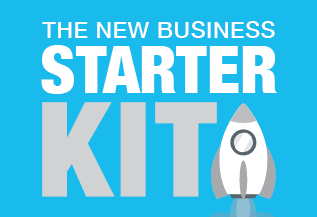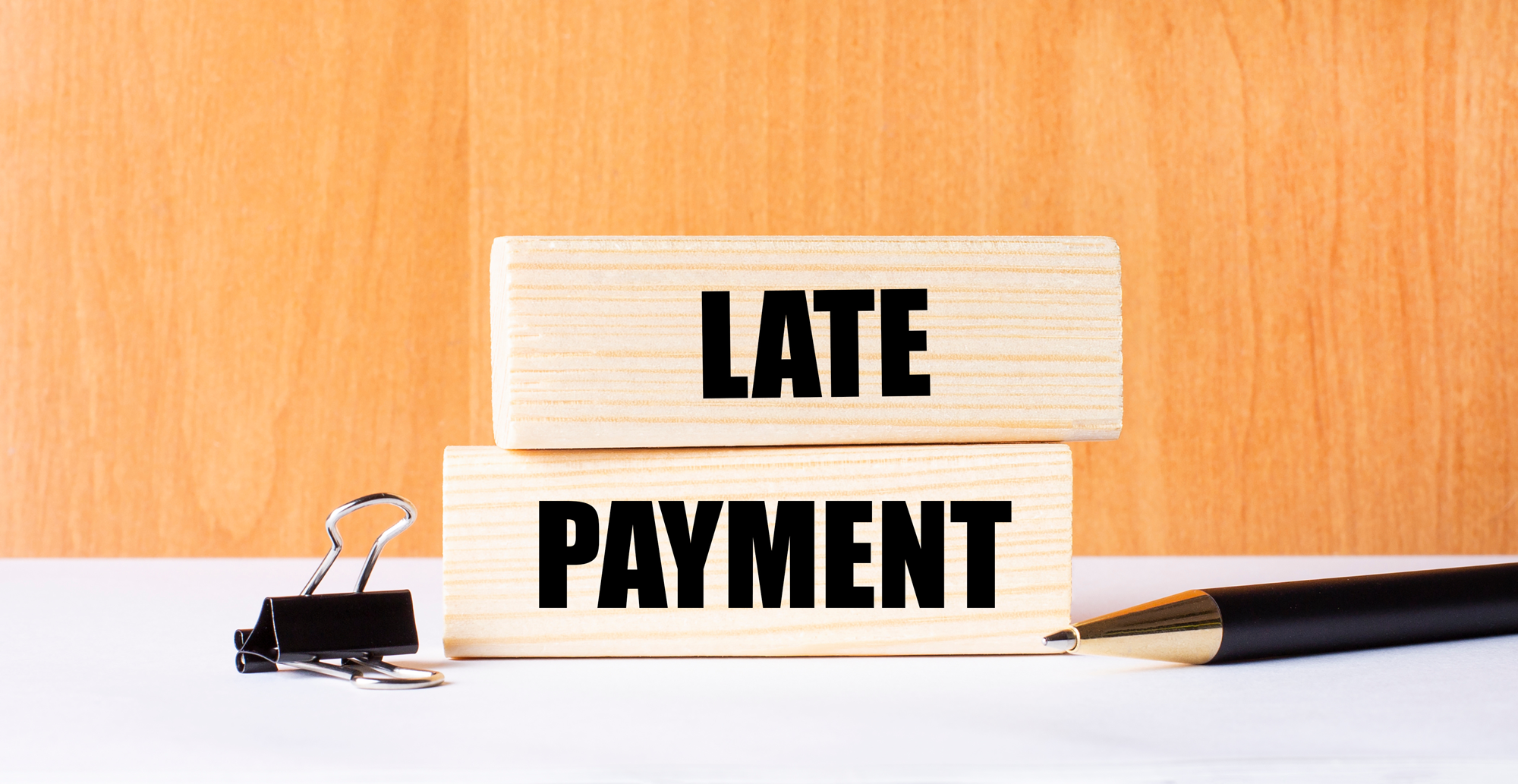 ATO Offers Help To Industries Struggling With SuperStream
ATO Offers Help To Industries Struggling With SuperStream
The ATO has admitted that there have been some ‘teething problems’ with the introduction of SuperStream which is a government reform designed to improve the efficiency of the superannuation system. Businesses employing 20 or more employees were originally expected to be using SuperStream from the 1st July this year (but that date was pushed back to 31st October 2015). Smaller employers (19 employees or less) are expected to be compliant from 30th June 2016.
The new standards require employers to make super contributions electronically in a message format to the superannuation fund and the contribution payment is to be made electronically through the banking system. The data message and payment are linked by a payment reference number which enables reconciliation by the receiving superannuation fund. New employer initiated member registrations and ongoing maintenance of employee member details must also be communicated electronically to the fund. All employer super contributions are captured including the compulsory Super Guarantee, award and salary sacrifice. All employees, whether full time, part time or casual who were on the books at 1 July are counted in determining whether an employer is regarded as small or medium to large. These rules also apply to all contributions to Self-Managed Superannuation Funds (see section below).
The ATO reports that around 350,000 businesses including 250,000 small businesses have already made the switch to electronic superannuation contributions. They report that although there has been some errors occurring, generally the implementation is on track and ahead of expectations. Common errors reported so far include employers transmitting data with key information missing or the amount of money going to the fund not reconciling to the employer statement. Employers are reminded to include their ABN as a reference on their SuperStream payment so the payment source is easily identified. Significantly the ATO reports a decrease in the underlying error rate which was between 5 to 15% of all contributions prior to SuperStream. This rate has reduced to 2% with the first round of implementation.
In addition, the Tax Office has identified 22 industries which might benefit from additional help where the type of small business would require more effort to connect them up with SuperStream. The ATO program will include information emails and webinars and forms part of an education program encouraging small business owners to talk to their accountant to obtain advice and connect them with solutions. Below is a list of the 22 industries the ATO will be targeting:-
- Pharmacy & Cosmetics
- GPs, Dental & Specialists
- Cafes, Restaurants, Catering & Take-Away
- Fruit, Veg & Floristry
- Farming
- Hairdressing & Beauty Services
- Trades
- Automotive & Repair
- Engineering & Technical Services
- Bus & Taxi
- Road Freight
- Consulting (Management & IT)
- Banking & Finance, Insurance & Super
- Accommodation, Pubs & Clubs
- Food & Grocery
- Manufacturing – General
- Building & Employment Services
- Metals & Engineering
- Other Specialist & Boutique
- Accounting & Legal
- Hospitals, Clinics, Aged Care, Accommodation & Allied
- Education & Training
Depending on the size of the business, the new rules may require employers to check that they have a software solution that can provide the necessary data and files or that they appoint an external provider. Employers can utilise the services of a superannuation clearing house, which is a service that receives one file and one payment from an employer and transfers payments and data to multiple superannuation funds in the required format.
The Federal Government operates a free clearing house service for employers with fewer than 19 employees or with aggregated turnover of less than $2million called the Small Business Superannuation Clearing House.
Self-Managed Super Funds (SMSF)
Self-Managed Superannuation Funds receiving employer contributions must be able to receive the electronic payment and data details. Business owners with their own self-managed fund are excepted under the related party ruling and no action is necessary. Other Self-Managed funds will need to engage a SMSF messaging service provider. The ATO has established a register of SMSF messaging service providers at:
http://www.ato.gov.au/Super/SuperStream/In-detail/Contributions/SMSF-messaging-service-providers/
Click HERE to download the full edition of The Business Accelerator Magazine for December 2015.
Other articles in this edition:
- 4 Ways To Grow A Business
- Plan Your Success in 2016
- Is It Time to Turn Your Business into a Company?
- Cloud Accounting - Just Hot Air?
- How To Claim Your Website Costs
- Phone Tapping Powers For ATO?
- Business Start Up Corner - It's Easy In Australia!
- Have Your Insured Your Biggest Asset?
- Increase Your Website Sales




